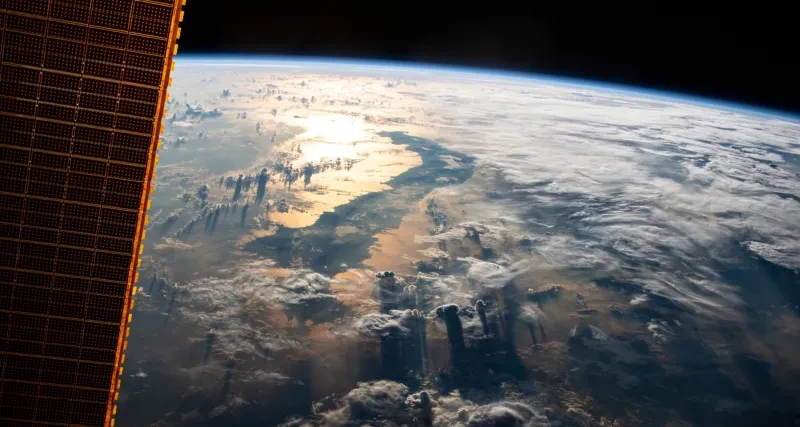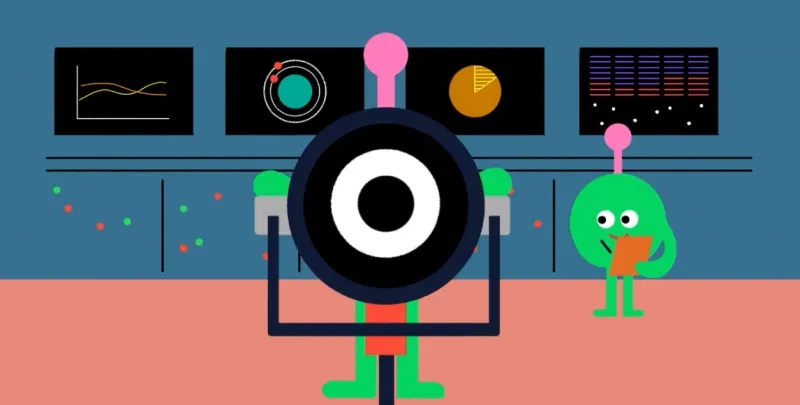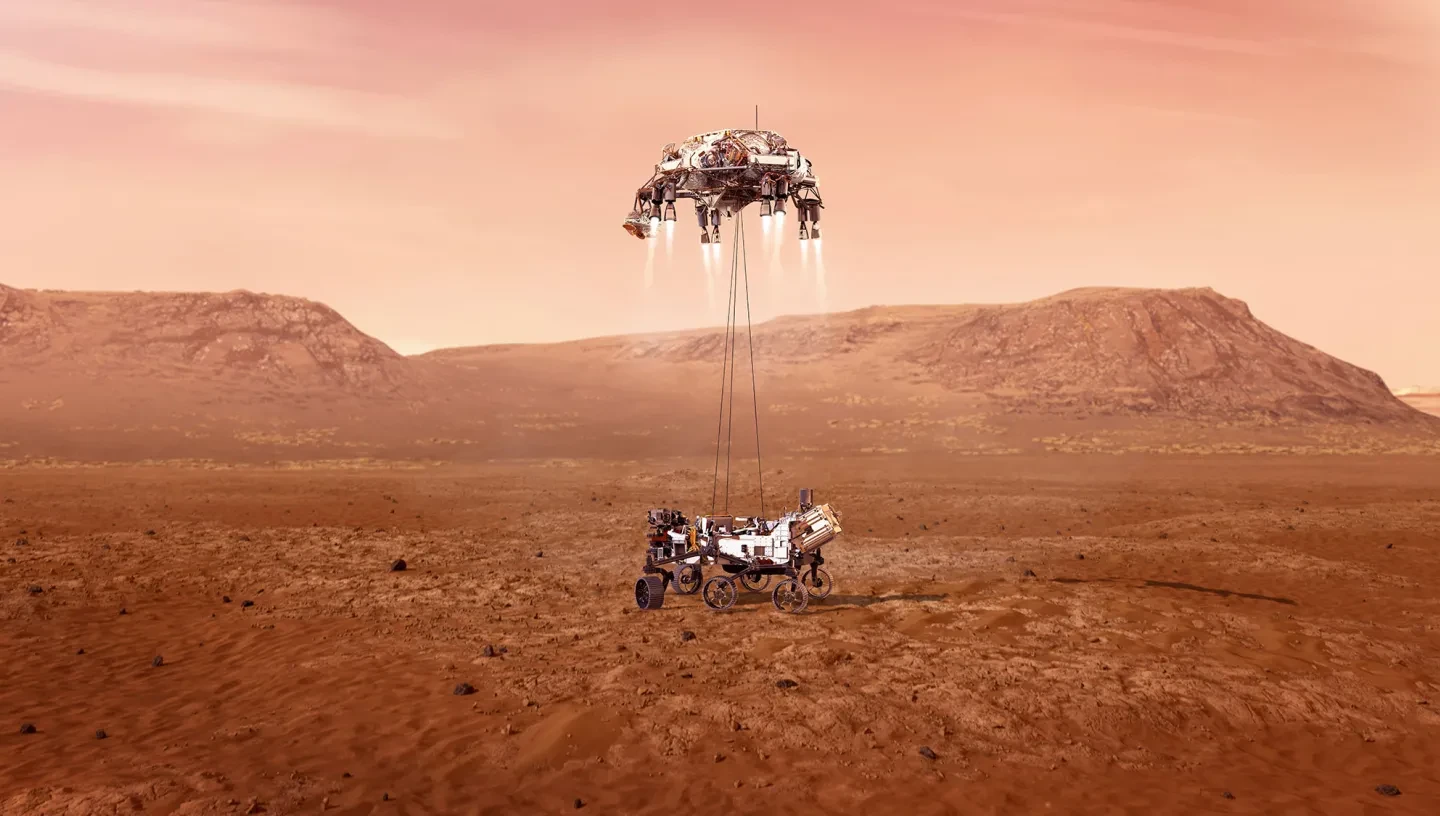
NASA's latest mission to Mars could hold the key to discovering life on the Red Planet.
With state-of-the-art instruments and revolutionary technology, it's time to meet Perseverance, the Mars 2020 rover.
Learn more about missions to Mars and the Perseverance Rover with astronomers from the Royal Observatory Greenwich.
What is NASA's Mars 2020 mission?
The latest robotic explorer to land on Mars as part of NASA’s ongoing Mars 2020 missions is a rover called Perseverance. The rover is designed to explore the Martian surface looking for signs of past and present life on the planet to contribute to NASA’s Mars Exploration Programme’s science goals.
The rover will perform numerous scientific experiments, including searching for signs of life on Mars, during its mission that is intended to last at least two years.
Situated far from the Mars Curiosity Rover (NASA's last rover to the Red Planet) which continues to operate and send back vital scientific data, the Perseverance rover allows NASA to explore new areas of the planet Mars and even begin to test technology to support future human travel to Mars.
Rover name: Perseverance
Launch date: 30 July 2020
Landing date: 18 February 2021
Landing site: Jezero Crater, Mars
Mission duration: At least one Mars year (roughly 687 Earth days)
When did Perseverance land on Mars?
Perseverance successfully landed on the surface of Mars on 18 February 2021 at 8.55pm GMT in the UK (12.55pm PT/3.55pm ET).
The whole of the landing was streamed live via NASA's YouTube channel, and the rover was later able to send back high definition footage from the final moments of its descent.
From the deploying of the parachute to the final 'sky crane' assisted touchdown, check out the video of Perseverance landing on Mars below.
What is Perseverance's current location?
You can track where the Perseverance rover is now using NASA's interactive rover map, which uses live data to plot Perseverance's journey around Jezero Crater.
Perseverance's landing site is the 45km-wide Jezero Crater.
Just like Gale crater, the location for NASA's other current rover Curiosity, Jezero is the site of a suspected ancient lake and river delta. Given that every type of life we know of requires water to survive, landing in a place expected to have plenty of water in the past gives the rover its best chance of finding evidence of life - whether in the modern day or, more likely, in Mars' ancient past.
Just as geologists here on Earth would take samples of rocks from various places around a region to study them, Perseverance is taking and analysing samples using a sophisticated 'chemistry set', the results of which are transmitted back to the scientists here on Earth.
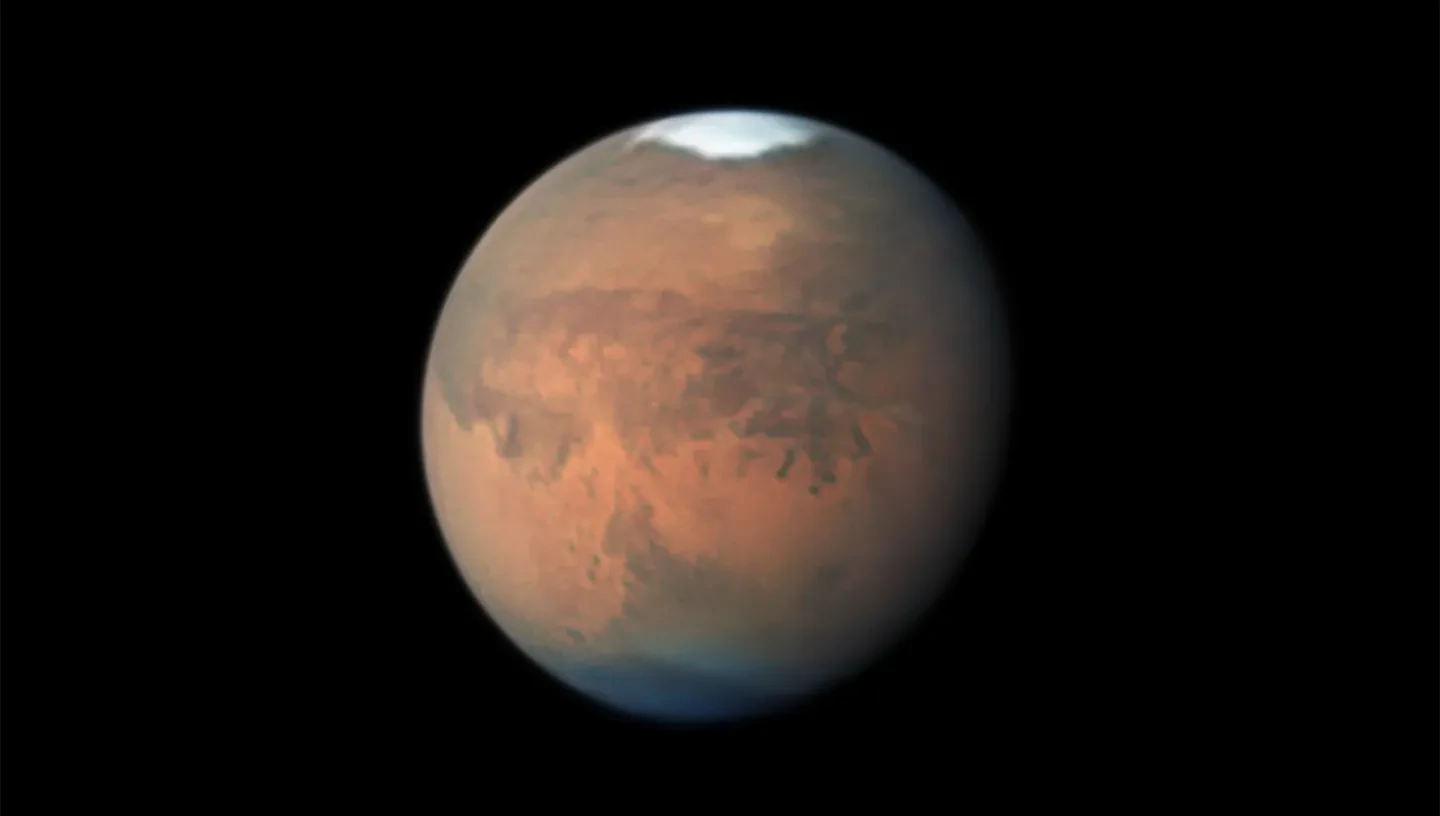
Is there life on Mars?
Will NASA's Perseverance rover find life on Mars?
Possibly. The search for life on Mars is certainly a key objective of the Mars 2020 mission.
According to NASA, “The mission takes the next step by not only seeking signs of habitable conditions on Mars in the ancient past, but also searching for signs of past microbial life itself.”
All four science objectives for the Mars 2020 mission relate to searching for signs of life on Mars, making it the first such probe with an explicit search for life built into its mission.
The rover may also help with the aim of getting humans to Mars in the future with an instrument designed to produce oxygen on the Martian surface.
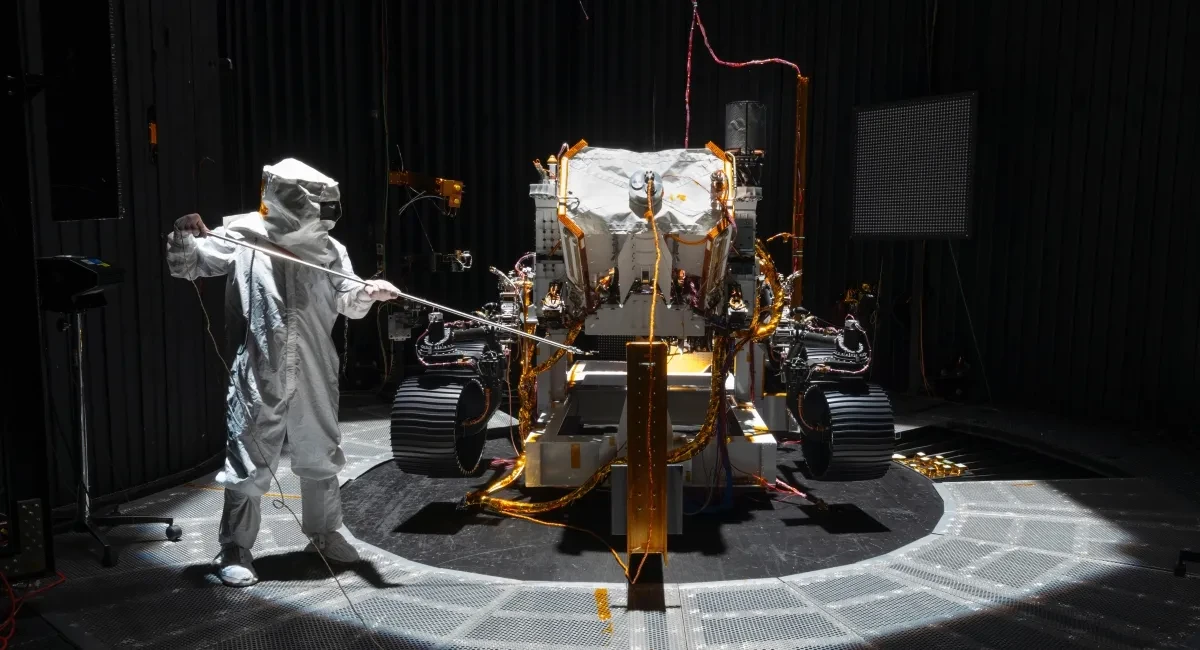
What will the Perseverance rover do?
Perseverance is searching for signs of past and present life on Mars, as well as testing out new technologies to aid future human missions to Mars.
The four key objectives Perseverance has are:
- Determine whether life ever existed on Mars: the rover is looking for preserved signs of life in an area of Mars that may have been favourable to life in the planet’s past.
- Characterise the climate of Mars: the rover’s instruments are investigating past Martian climate conditions, and searching for ancient signs that the planet was once habitable, building on research conducted by the Curiosity rover.
- Characterise the geology of Mars: a special drilling tool included in the rover is collecting rock samples, sealing and storing them on the Martian surface. These ‘cached’ samples could then be retrieved during future missions to Mars and sent back to Earth where the samples can be studied in far more detail.
- Prepare for human exploration of Mars: the rover includes experimental technology that is attempting to produce oxygen from the Martian atmosphere. This capability could pave the way for future human missions to Mars.
To complete these scientific goals, the rover has been fitted with several scientific instruments, each designed to perform different experiments or test new technology.
These include an advanced ultraviolet scanner and microscopic camera known as SHERLOC (Scanning Habitable Environments with Raman & Luminescence for Organics and Chemicals). Just like its detective namesake, SHERLOC is looking for the tiniest clues that could help solve the mystery of past life on Mars. It is also carrying samples of astronaut spacesuit material, testing to see whether they can withstand the harsh Martian environment.
Another experiment called MOXIE (Mars Oxygen In-Situ Resource Utilization Experiment) is being used at various times to produce oxygen from carbon dioxide in the Martian atmosphere. If oxygen can be extracted from the atmosphere, it could be used in future human missions to provide oxygen to astronauts and possibly be used in other technologies such as transport systems on the planet.
The rover also includes a small autonomous helicopter called Ingenuity. Originally a technology demonstration to confirm that powered flight on Mars was possible, it has now taken dozens of flights across the Martian surface and is being used to explore semi-independently of Perseverance.
How big is NASA's Perseverance rover?
NASA's Perseverance rover, at 3 metres long and 2.7 metres wide, is about the size of a small car. It is similar in size to NASA’s Curiosity Rover, although it is about 150kg heavier.
Length: 3m
Width: 2.7m
Height: 2.2m
Weight: 1050kg
How far away is Mars?
Both Mars and the Earth orbit around our Sun, the Earth taking one Earth year to complete one trip, while Mars takes a little under two. Because of this, the distance to Mars can be as little as 55 million kilometres when they are both in the same part of their orbits, or as far as 400 million kilometres when they are on opposite side of the Sun. On average it's around 225 million kilometres.
When planning missions to Mars, scientists and engineers will choose a specific time to launch their rockets so that the trip to Mars is as easy as possible - this is typically when Mars and the Earth are almost at their closest points to one another, partly because it's a shorter trip, but mostly because the motion of the Earth at that time is ideal for slinging the spacecraft out to reach Mars some eight months later. In reality the path the spacecraft takes in that time is much longer than the minimum distance between Mars and the Earth simply because travel in space rarely happens in a dead straight line, instead curving somewhat like the orbits of the planets they are visiting.
Mars' last 'close approach' was on 6 October 2020 and had three separate launches of Mars probes including Perseverance. The next will be on 8 December 2022. While one mission, ExoMars, was intended to be sent during this time, it has now been postponed indefinitely.

